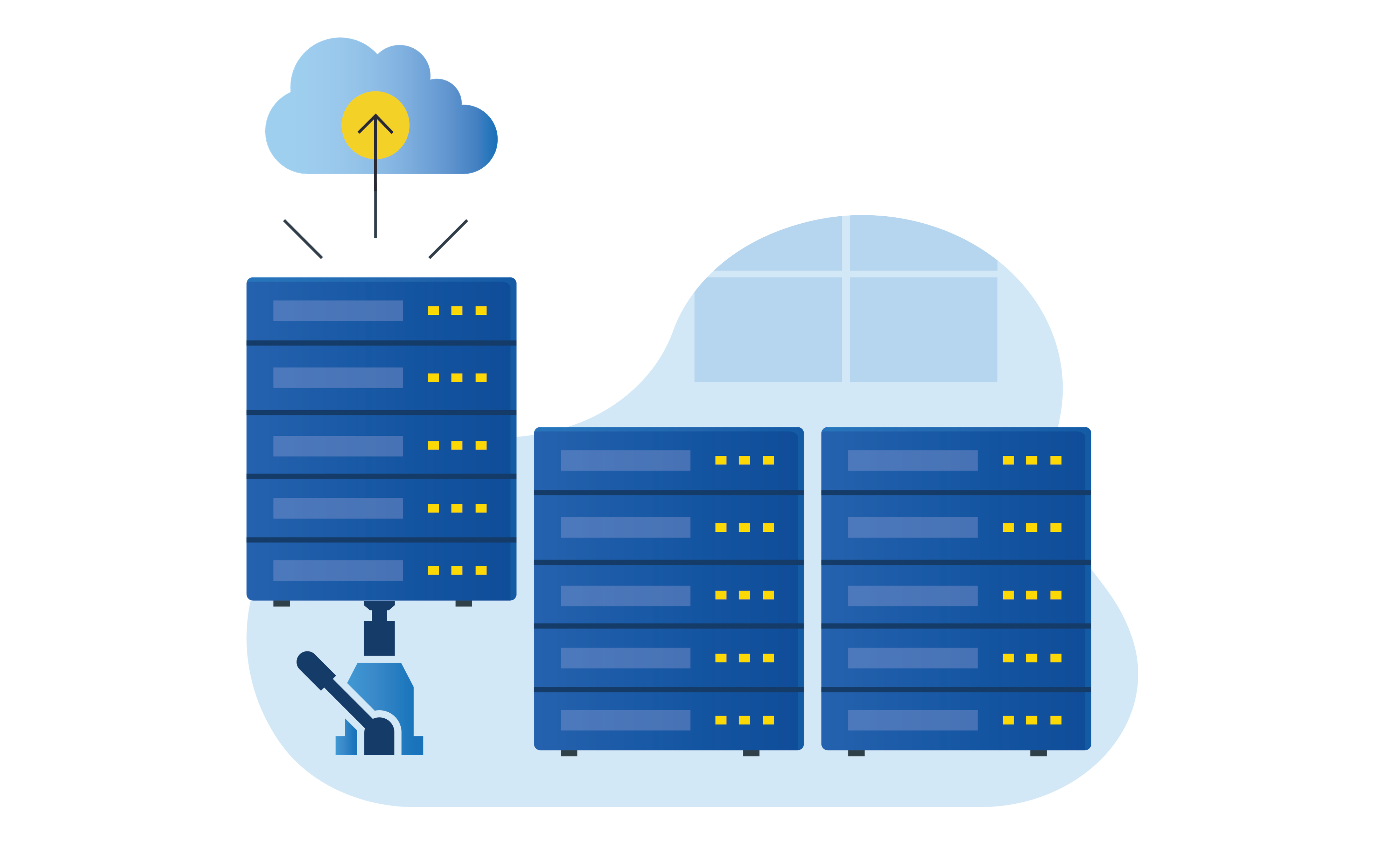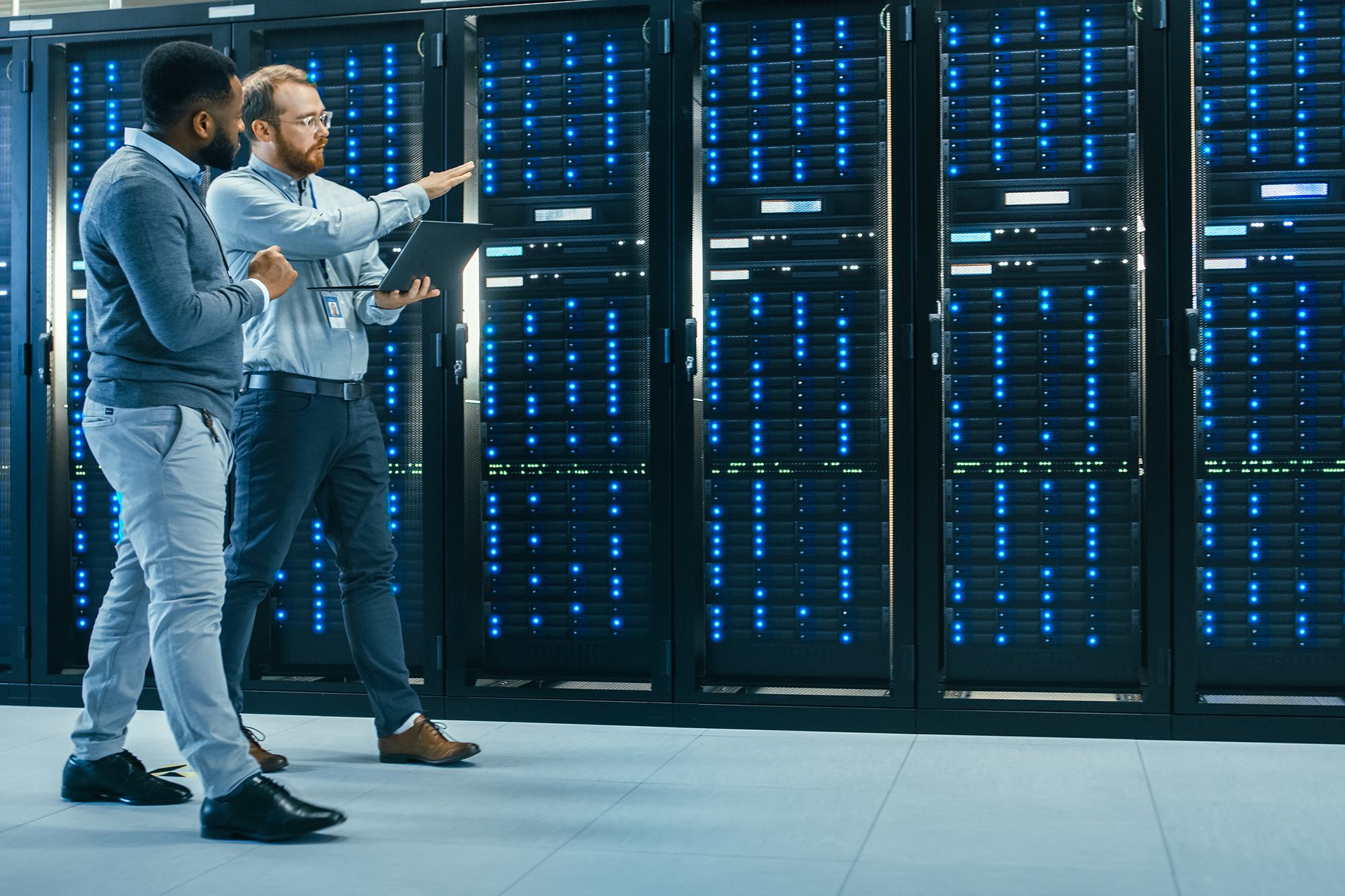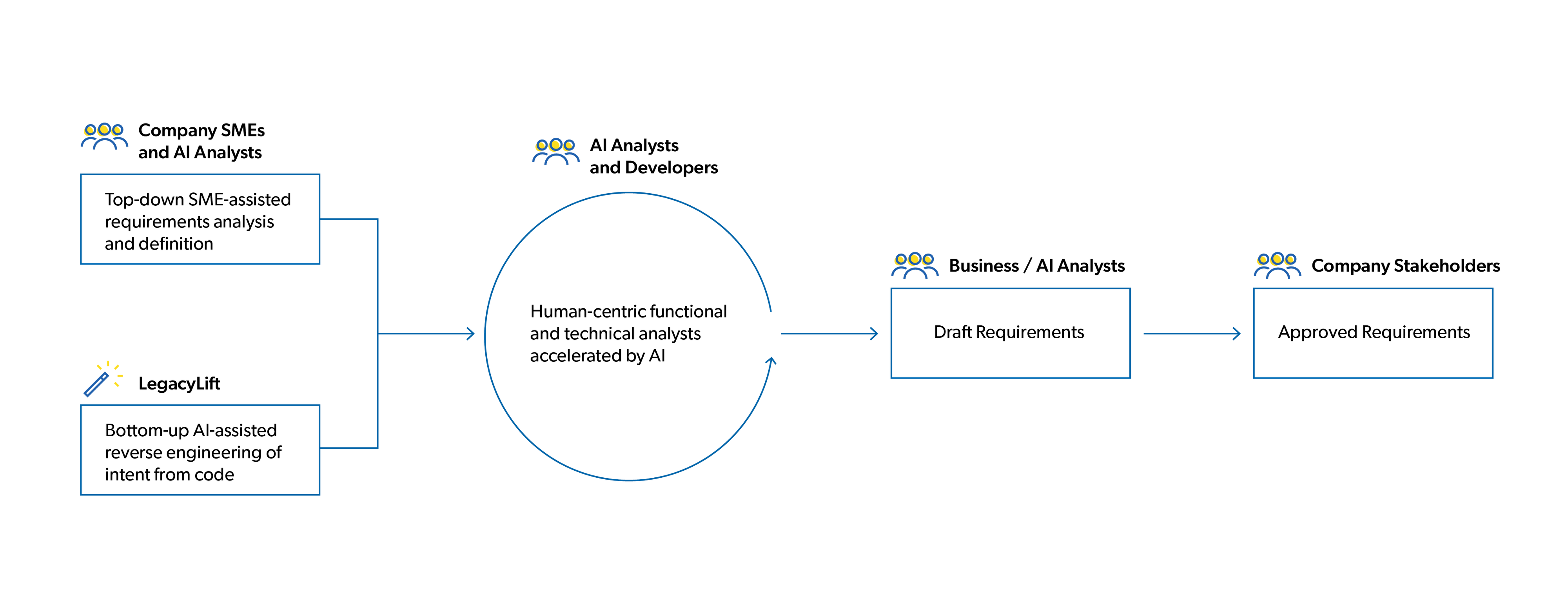Articles September 4, 2024
Harnessing AI to Accelerate Legacy Application Modernization


The data is simply too overwhelming to ignore.
- of organizations worldwide are hindered by legacy systems
- 88%
- of executives say data silos create a competitive disadvantage
- 74%
- of companies cite enhanced efficiency and security as the primary motivators for modernizing their legacy systems
- 50%+
Challenges of Legacy Systems
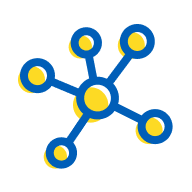
Siloed Data
Siloed data that is difficult, if not impossible, to effectively connect, organize, analyze, and make actionable
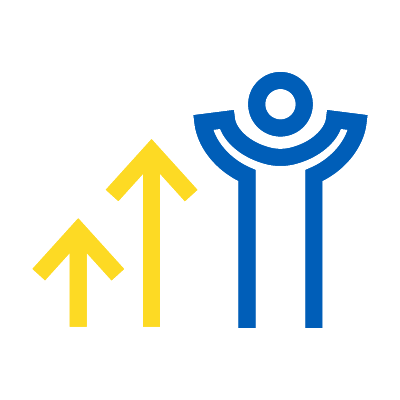
Limited Scalability
Limited scalability, flexibility, and agility due to incompatible applications, unsupported hardware and software formats, and maxed out storage space

High Maintenance Costs
High maintenance costs caused by licensing fees, operational inadequacies, and the need for specialized expertise

Poor Performance
Poor performance stemming from a combination of substandard application design, slow software, and outdated hardware
Using AI Pragmatically to Accelerate Modernization
The LegacyLift™ Approach
Benefits of LegacyLift
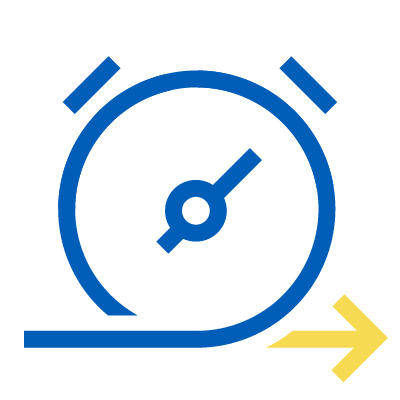
Accelerates modernization efforts
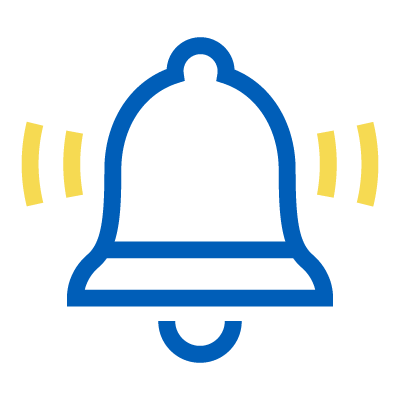
Reduces the risk of overlooking critical functionalities or launching an incomplete system
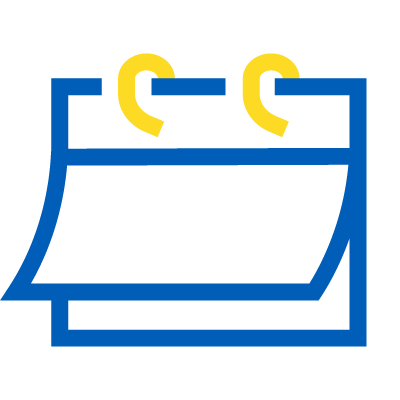
Reduces cost by shortening the time necessary for requirements analysis and reverse engineering efforts
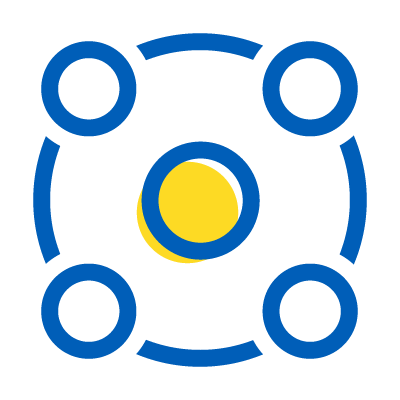
Enables organizations to better attract, develop, and retain talent by providing a cutting-edge technology environment
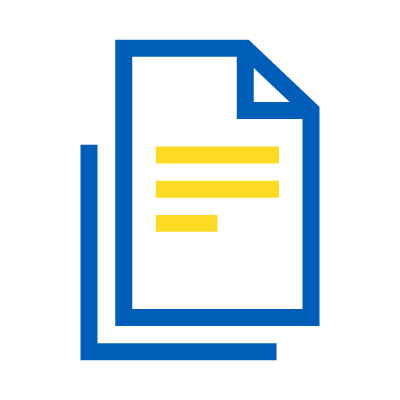
Increases understanding and documentation of legacy code

Democratizes systems knowledge so everyone across the organization has access
LegacyLift in Practice
Understanding the Past to Build for the Future
Download this PDF
Download
Darrell Norton
Principal, Systems Integration
Darrell has nearly 30 years of experience developing enterprise solutions. Pragmatic and decisive, he excels at translating and communicating technical concepts and issues into business language, specializing in enterprise architecture, cloud integration, and SaaS system development. He’s worked with Microsoft .NET since the first beta and takes pride in the fact that his work is always tailored for each client.

Kevin Vaughan
Director
Kevin is a generative AI enthusiast and a versatile software engineer with over 20 years of experience across various domains and technologies. At CapTech, he leverages his passion and expertise in AI, cloud, AR, and game development to create innovative solutions for complex problems including Multi-Agent AI Systems leveraging platforms like Azure OpenAI and Azure AI Services, as well as AWS Bedrock, to drive significant advancements in AI applications.


